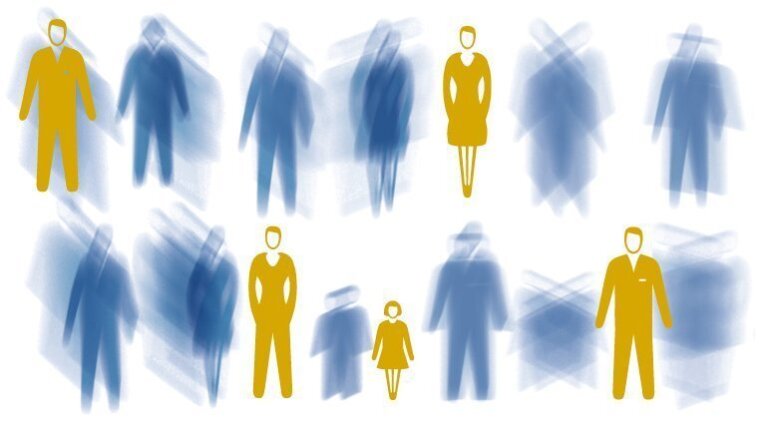
17.00 Uhr
-
Branko Milanović (New York, US): The Transformation of Global Inequality
Branko Milanović
Foto: Rolf SchultenBranko Milanović, Prof. Dr., ist derzeit Präsidentenprofessor am Graduate CenterExterner Link und Senior Fellow am Stone Center für sozioökonimische UngleichheitExterner Link an der City University of New YorkExterner Link. Er war lange Zeit leitender Ökonom in der Forschungsabteilung der WeltbankExterner Link. Arbeitsschwerpunkte: Einkommensungleichheit in einzelnen Ländern und weltweit sowie historisch in vorindustriellen Gesellschaften
Ort: Volkshaus, Carl-Zeiss-Platz 15, 07743 Jena
The talk will discuss the evolution in global income distribution and focus on its political implications; in particular, the rise of the middle class in Asia, the income stagnation of the rich countries’ middle classes, migration as part of globalization, and the emergence of a global plutocracy (global top 1 percent). It will highlight endogenous forces of rising inequality in liberal capitalism embedded in globalization.
The last quarter century of globalization has witnessed the largest reshuffle of global incomes since the Industrial Revolution. The main factor behind the "reshuffle" was the rise of China and, to a slightly lesser extent, of all Asia. This drove the global Gini index down by about 2 points over the twenty-year period, 1988-2013, for which we have a new, unbalanced panel database of country-deciles from almost 100 countries. By tracking the evolution of individual country-deciles and deriving the global Growth Incidence Curve, we are able to show the underlying elements that drove the change. Three changes stand out.
First, China has graduated from the bottom ranks, modifying the overall shape of the global income distribution in the process and creating an important global “middle” class that has transformed a twin-peaked 1988 global distribution into a single-peaked one now. The “winners” were country-deciles that in 1988 were around the median of the global income distribution, 90% of whom in terms of population are from Asia.
Second, the “losers” were the country-deciles that in 1988 were around the 85th percentile (that is, relatively high) of the global income distribution. Almost 90% of them are from OECD economies.
Third, another “winner” was the global top 1% whose incomes, even if underestimated by household surveys, rose substantially.
These three changes open up the following three political issues: how to manage the rising expectations of meaningful political participation in emerging countries like China, how to "placate" the rich countries' globalization losers so that they do not turn away from globalization and support populist anti-immigrant policies, and how to constrain the rising economic and political power of the global top 1%.
The increasing gap between the Western “top 1 percenters” and the middle classes that is at the origin of many recent political developments may not be a temporary glimpse, but may be driven by endogenous forces of rising inequality in systems of liberal capitalism embedded in globalization.







